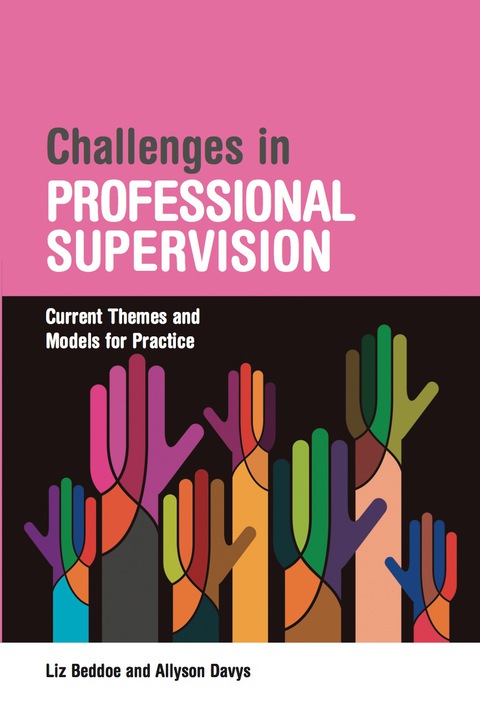Description
Efnisyfirlit
- Challenges in Professional Supervision – Current Themes and Models for Practice
- List of Tables
- List of Figures
- Acknowledgements
- Introduction – Contemporary Themes in Professional Supervision
- Part One – Contemporary Ideas and Debates in Professional Supervision
- Chapter 1 – Supervision in Context: Surveillance or Support?
- The Personal Survival Lens
- The Professional Development Lens
- The Quality Assurance Lens
- A Focus On Supervision Research
- The Perspectives of Service Users and Carers: A New Challenge for Supervision
- Conclusions
- Chapter 2 – Starting with Who We Are: Culture, Gender and Belief in the Supervision Encounter
- Supervision and Cultural Competence, Broadly Considered
- The Context of Supervision
- What is Cultural Competency in Supervision?
- Indigenous Voices
- Conclusions
- Chapter 3 – The Education of the Reflective Supervisor
- The Education and Training of Supervisors
- Reflective Practice for Supervision
- Our Reflections as Supervision Educators
- Conclusions
- Chapter 4 – Practitioner Wellbeing and the Role of Supervision
- Resilience
- Wellbeing and the helping professions
- Supporting Wellbeing at Three Stages
- Conclusions
- Chapter 5- Ethics and Supervision
- Ethical Supervision – the Supervision Relationship
- Ethical Supervision: the Practice
- Ethical Supervision: Social Justice and the Aspirations of Professions
- Ethical Supervision and the Organisation: Safeguarding
- Contemporary Challenges: Ethics and New Technology in Supervision
- Conclusions
- Chapter 6 – Managing a Supervision Practice
- Operating a Private Supervision Practice
- A Supervision Website
- Nuts and Bolts
- A Context for Private Supervision Delivery
- Accountability and Relationships
- Separating the Functions of Supervision
- Relationships in Private and External Supervision
- The External Supervisor and the Employing Organisation
- Three-way Conversations
- Conclusion
- Part Two – Modes, Models and Skills
- Chapter 7 – Group Supervision
- Purpose of Group Supervision
- Advantages and Disadvantages
- Choosing Group Supervision
- Contexts of Group Supervision
- Types of Supervision Groups
- Group Supervision for the Supervisee
- Facilitating a Supervision Group
- Stages of Group Development
- Contracts in Group Supervision
- The Reflective Learning Model as a Model for Group Supervision
- Conclusion
- Chapter 8 – Interprofessional Supervision
- Traditional versus Interprofessional Supervision
- Choosing Interprofessional Supervision
- Accountability in Interprofessional Supervision
- Roles within Interprofessional Supervision
- Experiences of Interprofessional Supervision
- Working with Difference
- Limits of Interprofessional Supervision
- Setting up Interprofessional Supervision
- Conclusion
- Chapter 9 – Supervising for Strengths
- Underlying Theoretical Orientation
- Attention to ‘Relationship’
- Technical Aspects
- Focus on the Supervisee’s Development
- Attention to Culture
- Conclusions and Cautions
- Chapter 10 – Supervision of Managers
- First Line Management
- Supervision for First Line Managers
- Beginning the Journey to Manager: The Case for Supervision
- Dual Role
- The Supervision of Managers
- Supervising a Manager
- A Model for managers
- Conclusion
- Chapter 11 – From Difficult Situations to Courageous Conversations
- Courageous Conversations
- Attributes and Skills for the Conversation
- Noticing the Moments
- Preparing for a Conversation
- The Conversation
- Conclusion
- Chapter 12 – Creativity within the Supervision: Keeping Supervision Exciting and Supervisors Engaged
- Live Observation
- ‘Thinking Aloud’ – Using Critical Reflection to Examine Supervision Practice
- Creativity within the Supervision Session
- A Mosaic of Supervision
- Peer Supervision
- References
- Afterword
- Blank Page






Reviews
There are no reviews yet.